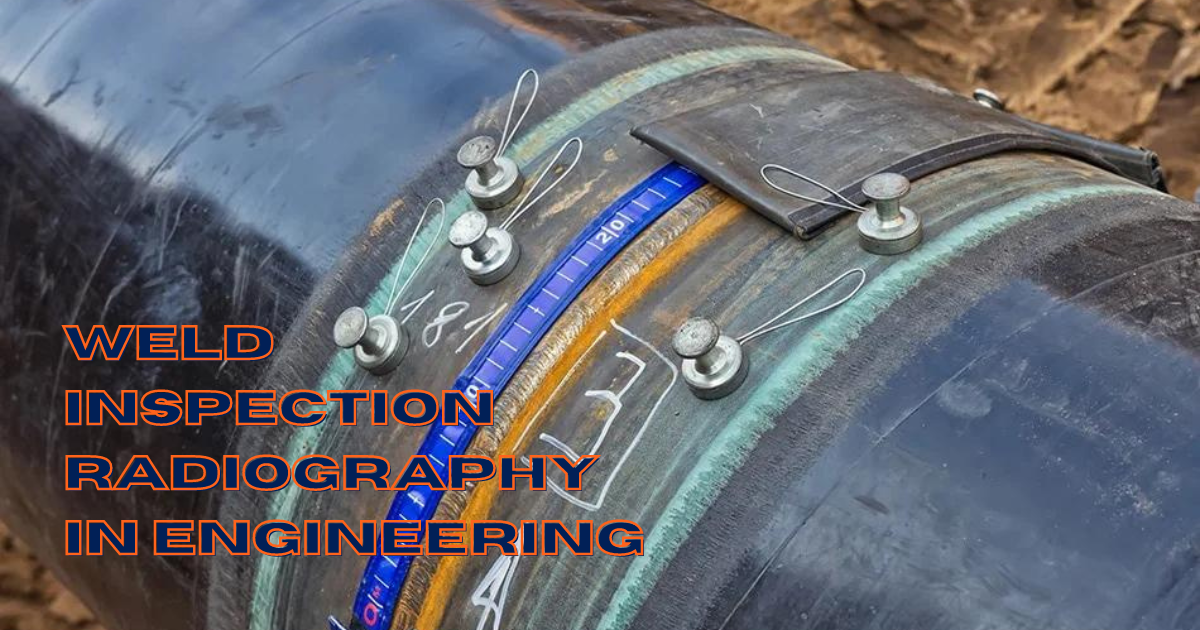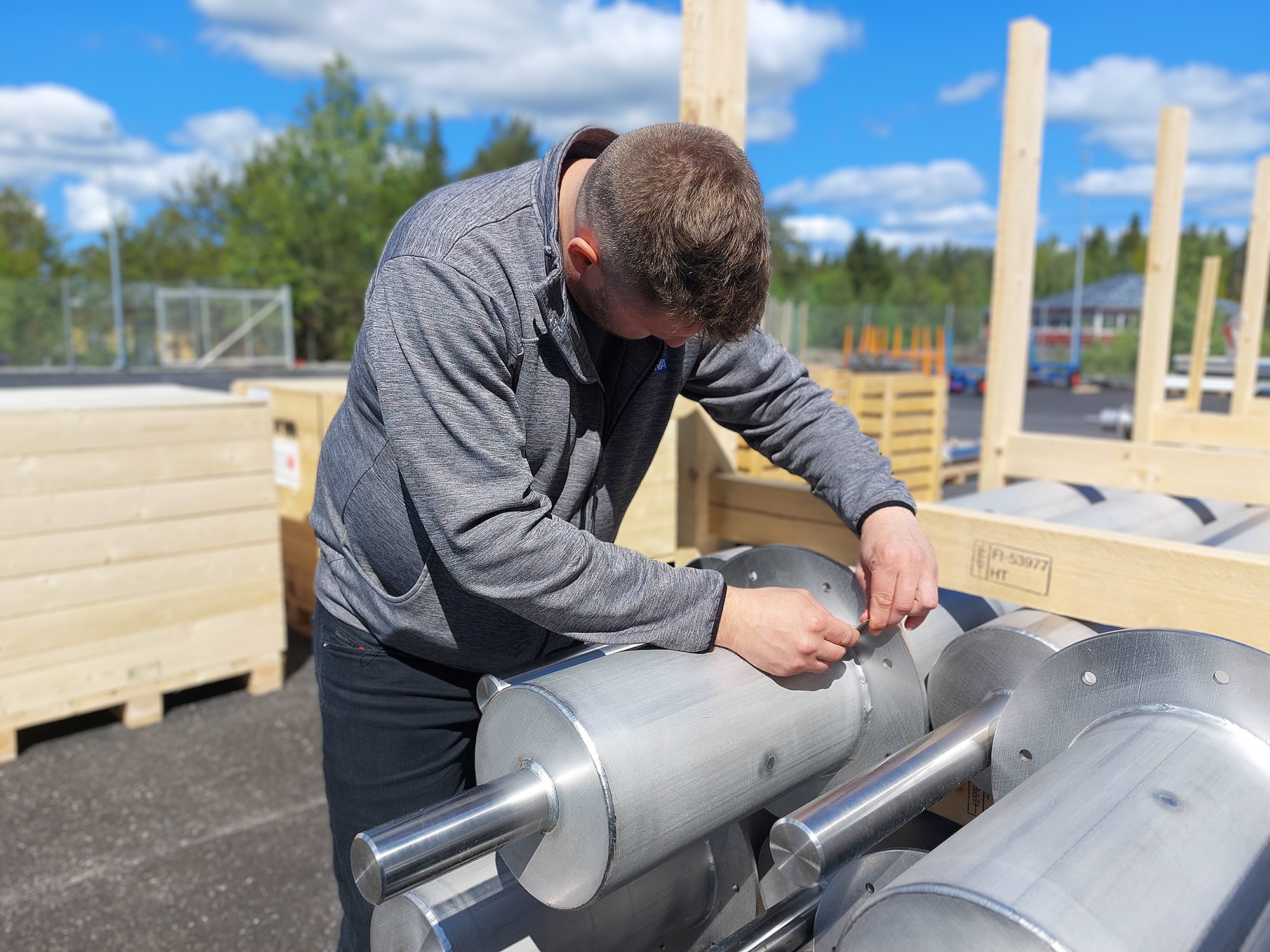The Ultimate Guide to Welding Inspection Racine for Industrial Specifications
The Ultimate Guide to Welding Inspection Racine for Industrial Specifications
Blog Article
Cutting-edge Strategies to Fillet Weld Examination and Screening: Enhancing Weld High Quality and Compliance Criteria
In the world of welding, the top quality and honesty of fillet welds play an important role in making certain the architectural soundness and integrity of various industrial elements. With the constant drive for improved effectiveness and compliance with rigid criteria, the exploration of cutting-edge approaches to fillet weld inspection and testing has actually become vital. As markets evolve, the conventional methods might no more suffice in meeting the demands of contemporary welding applications. By welcoming cutting-edge technologies and methods, a new perspective of possibilities arises in the realm of weld quality assessment and adherence to conformity standards.
Advanced Non-Destructive Screening Techniques
Making use of modern technologies, progressed non-destructive testing approaches play a vital function in guaranteeing the honesty and top quality of fillet welds. These approaches, such as phased variety ultrasonic testing (PAUT) and magnetic particle testing (MPT), deal in-depth insights into the weld's internal framework without causing any kind of damages to the product. PAUT, as an example, makes use of numerous ultrasonic aspects to evaluate the weld from different angles, giving an extensive visualization of possible flaws like absence of fusion or splits.
By utilizing these sophisticated non-destructive testing methods, weld inspectors can accurately examine the high quality of fillet welds, making sure conformity with sector criteria and policies. The ability to detect flaws early on not just enhances weld high quality yet also stops pricey rework or failures in architectural stability, underlining the significance of these cutting-edge screening approaches in welding evaluations.
Robotics and Automation in Evaluation
The integration of robotics and automation has changed the evaluation process for fillet welds, enhancing effectiveness and accuracy in quality assessment. Robotics use precise control and repeatability in examining welds, ensuring dependable and regular results. Automated systems can be configured to adhere to certain inspection courses, making certain extensive insurance coverage of welds and lowering the threat of human error.
Robot assessment systems furnished with advanced sensors can detect and measure weld features with high precision, offering detailed information for analysis. These systems can determine defects such as cracks, absence of combination, and porosity, allowing timely rehabilitative activities to be taken. In addition, robotics and automation enable real-time data collection and analysis, supplying instant responses to drivers and facilitating fast decision-making procedures.
In addition, making use of robotics and automation in fillet weld examination enhances general performance by reducing examination times and raising examination throughput. By simplifying the examination process, suppliers can guarantee weld top quality and conformity criteria are satisfied efficiently, inevitably resulting in set you back financial savings and enhanced product top quality.
Using Expert System for Analysis
Expert system plays a critical duty in boosting the effectiveness and accuracy of evaluation in fillet weld evaluation procedures. By utilizing the power of AI, inspectors can simplify the evaluation of weld high quality and conformity criteria, bring about a lot more reliable and exact results. AI formulas can rapidly refine large amounts of data from weld inspections, finding flaws or inconsistencies that might be challenging to understand the naked eye. This sophisticated innovation enables real-time monitoring of weld top quality, permitting instant corrective actions to be taken if any concerns are discovered.
Additionally, AI systems can pick up from previous inspection information, continuously improving their capacity to identify possible problems and deviations in fillet welds. This adaptive knowing capacity boosts the overall high quality control procedure, minimizing the chance of human mistake and ensuring that welds satisfy the needed criteria. By incorporating expert system right into fillet weld evaluation, industries can achieve higher levels of effectiveness, uniformity, and conformity in their inspection techniques.
Portable Devices for On-Site Inspection
 Enhancing field inspection effectiveness, the fostering of mobile tools changes on-site analysis procedures for fillet welds. These devices provide adaptability and convenience, allowing examiners to carry out thorough evaluations in different areas, consisting of remote or challenging environments. Portable devices such as ultrasonic testing gadgets, magnetic fragment inspection equipment, and digital radiography systems supply real-time you can look here data and high-resolution imaging capabilities, enabling fast decision-making and instant comments on weld top quality.
Enhancing field inspection effectiveness, the fostering of mobile tools changes on-site analysis procedures for fillet welds. These devices provide adaptability and convenience, allowing examiners to carry out thorough evaluations in different areas, consisting of remote or challenging environments. Portable devices such as ultrasonic testing gadgets, magnetic fragment inspection equipment, and digital radiography systems supply real-time you can look here data and high-resolution imaging capabilities, enabling fast decision-making and instant comments on weld top quality.One considerable advantage of portable tools is their ability to simplify inspection treatments, lowering downtime and improving overall performance. Examiners can easily carry these devices to various job sites, removing the need for transporting heavy equipment or elements to off-site facilities. Furthermore, the mobility of these tools advertises Extra resources cost-effectiveness by minimizing transport costs and speeding up evaluation timelines.
In addition, using portable devices for on-site evaluation promotes proactive quality assurance actions, as examiners can quickly determine and resolve any possible welding problems or disparities. By including these cutting-edge modern technologies right into on-site assessment methods, welding experts can make sure conformity with sector requirements and boost weld quality, eventually bring about improved architectural integrity and safety and security in numerous welding applications.
Integration of Data Monitoring Solution
Having enhanced on-site examination processes via the usage of mobile devices, the following phase includes the seamless integration of information administration systems to even more improve performance and information evaluation abilities in fillet weld evaluation and screening. Welding Inspection Racine. By integrating information management systems into the examination procedure, companies can simplify data collection, storage, and analysis. This combination permits real-time surveillance of weld quality, prompt identification of issues, and prompt decision-making to correct any concerns that may occur during the inspection process
Information monitoring systems play a vital function in systematizing inspection information, helping with simple accessibility for accredited workers, and making certain data honesty and protection. Via the assimilation of these systems, inspectors can produce detailed reports, track historical information for trend analysis, and improve general procedure efficiency. The combination of information monitoring systems allows smooth interaction between different stakeholders entailed in the assessment procedure, cultivating cooperation and enhancing general high quality control actions. Inevitably, the combination of information monitoring systems offers to elevate the requirements of fillet weld assessment and testing, guaranteeing compliance with industry regulations and enhancing weld top quality.
Final Thought
Finally, ingenious strategies to fillet weld inspection and testing have significantly improved weld quality and compliance standards. Advanced non-destructive testing techniques, robotics, automation, synthetic intelligence, portable tools, and information monitoring systems have changed the method weld assessments are carried out. By using these modern technologies, markets can make sure that welds fulfill the called for quality standards and laws, ultimately enhancing general performance and safety in welding processes.

By using these advanced non-destructive screening strategies, weld assessors can precisely analyze the quality of fillet welds, ensuring conformity with market requirements and laws. Portable devices such as ultrasonic screening devices, magnetic bit inspection devices, and electronic radiography systems give real-time information and high-resolution imaging abilities, allowing quick decision-making and instant comments on weld top quality.
Having enhanced on-site evaluation procedures with the use of portable tools, the next phase entails the seamless assimilation of data management systems to further boost performance and information analysis abilities in my blog fillet weld assessment and testing (Welding Inspection Racine). Eventually, the integration of information monitoring systems offers to boost the requirements of fillet weld inspection and screening, guaranteeing conformity with industry guidelines and improving weld top quality
 In conclusion, cutting-edge strategies to fillet weld evaluation and testing have substantially boosted weld top quality and compliance requirements.
In conclusion, cutting-edge strategies to fillet weld evaluation and testing have substantially boosted weld top quality and compliance requirements.Report this page